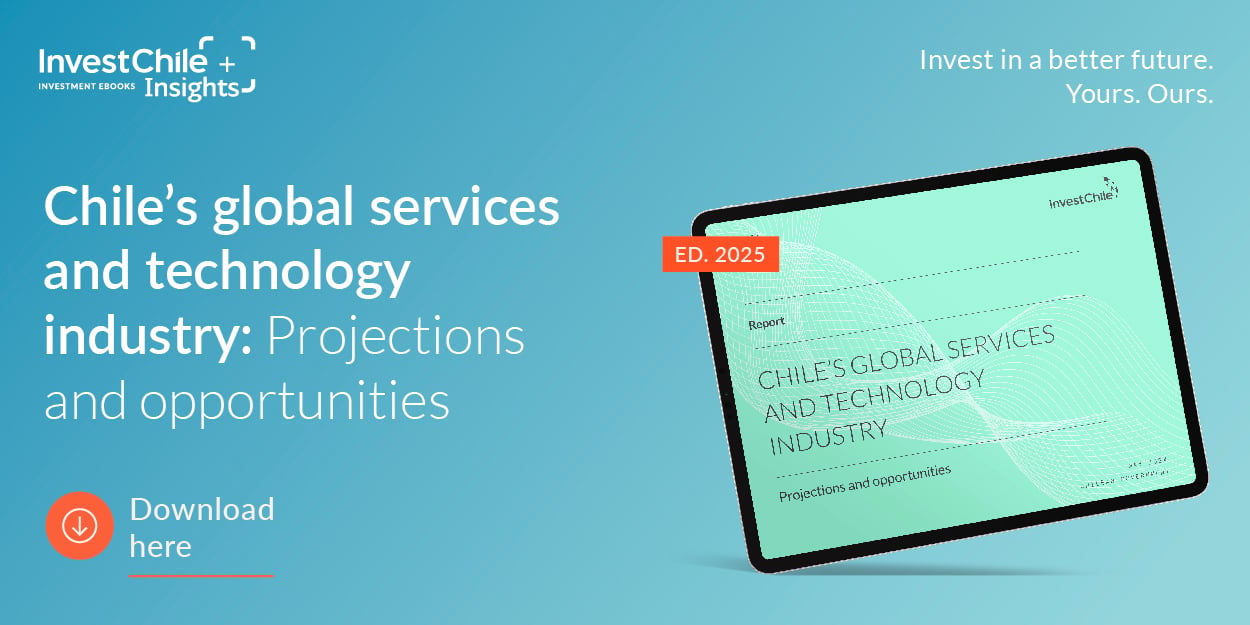[ad_1]
Breaking Barriers: How 3D Printing is Revolutionizing Manufacturing
Innovation has always played a significant role in the advancement of human civilization. From the discovery of fire to the invention of the wheel, humans have constantly strived to improve their ways of living. In recent times, one of the most groundbreaking innovations to take center stage is 3D printing. This technology has the potential to completely revolutionize the manufacturing industry as we know it.
3D printing, also known as additive manufacturing, is a process that involves creating three-dimensional objects by laying down successive layers of materials. It is a departure from traditional manufacturing methods that rely on subtractive processes such as cutting, machining, and molding. Instead, 3D printers work by adding material layer by layer, based on a digital 3D model.
One of the most significant benefits of 3D printing is its ability to break down barriers to entry in manufacturing. Traditionally, starting a manufacturing business required significant investments in machinery, tooling, and infrastructure. This made it challenging for small entrepreneurs and innovators to enter the market. However, with 3D printing, all you need is a quality 3D printer and a digital design to start producing products. This level playing field allows individuals and small businesses to have a shot at the manufacturing game, leading to increased competition and innovation.
Additionally, 3D printing offers unparalleled design freedom. Traditional manufacturing techniques often have limitations based on the tooling and machinery used. However, 3D printing allows for the creation of complex geometries and intricate designs that were previously thought to be impossible. This increased design flexibility opens up a world of possibilities for manufacturers to create products that are not only functional but also visually stunning.
Furthermore, 3D printing has the potential to drastically reduce waste in manufacturing. In traditional manufacturing methods, a considerable amount of material is often discarded as scrap during the production process. With 3D printing, only the necessary amount of material is used, minimizing waste and optimizing resource utilization. This reduction in material waste is not only environmentally friendly but also economically beneficial, as it reduces production costs.
The potential applications of 3D printing span across various industries. In the medical field, 3D printing has already made significant advancements in the production of prosthetics, dental implants, and customized medical devices. The aerospace industry is also exploring the use of 3D printing to create lightweight and complex parts for aircraft, leading to improved fuel efficiency and cost savings. Even the fashion industry is jumping on the 3D printing bandwagon, with designers using this technology to create unique and customizable garments.
Despite its many benefits, it is important to note that 3D printing is still a developing technology. There are still challenges to overcome to fully integrate it into mainstream manufacturing practices. The speed of printing, material limitations, and cost of 3D printers are among the areas that require further improvement. Nonetheless, the potential of 3D printing to disrupt traditional manufacturing processes is undeniable.
In conclusion, 3D printing has the potential to break barriers and revolutionize the manufacturing industry. This innovative technology allows for greater accessibility, design freedom, and reduced waste in manufacturing processes. As the technology continues to evolve, we can expect to see new exciting advancements and applications in various industries. With 3D printing at the forefront, the future of manufacturing looks promising, transformative, and limitless.
[ad_2]
.jpg?width=998&height=500&name=Data%20(1).jpg)





